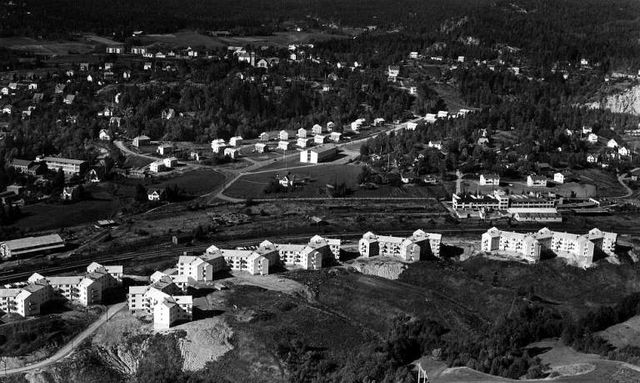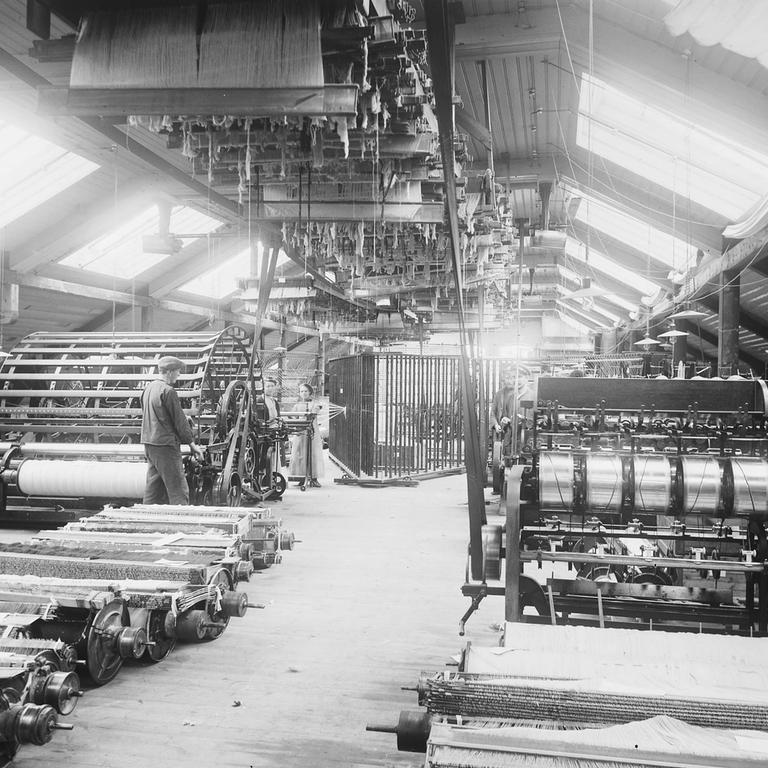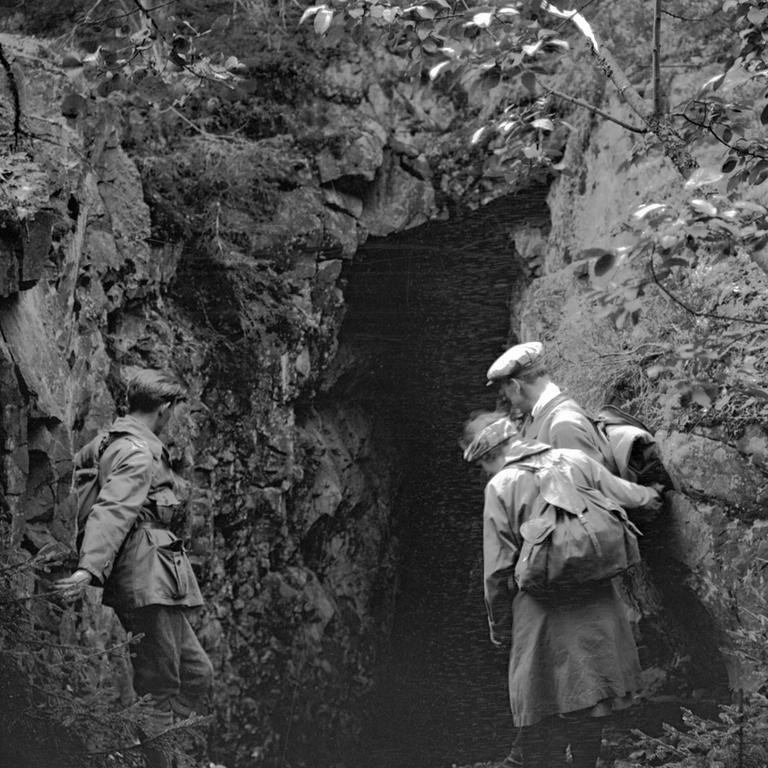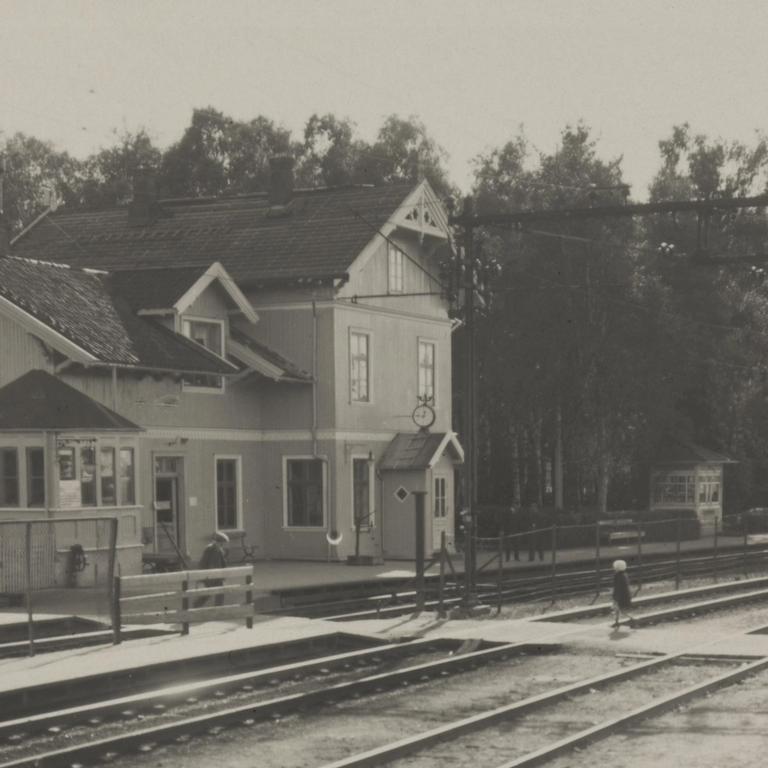In words and pictures: Grorud

After the Black Death: Grorud Farm
Grorud farm was built in 1595 and originally consisted of two equally large farms: Nedre Grorud and Øvre Grorud. The farm belonged to the cathedral chapter in Oslo.
There are signs that there was farm activity before 1350 and operations continued into the late Middle Ages. After the Black Death, few farms were rebuilt immediately after the disease had ravaged Norway. This suggests that Grorud farm is even older than 1595.
At the end of the 18th century, Øvre Grorud farm was operated as a breeding farm to supply horses to Chamberlain Bernt Anker, a well-known merchant, landowner, shipowner, and forest owner, among other things.
Textiles, wood products and mining

Grorud has a long history as an industrial area. There have been sawmills, planing mills, and production of iron goods and textiles. The woolen goods factory was founded in 1867, and several spinning mills used power from the waterfall in the area. This industry contributed to the development of the Grorud area.
There was also mining of copper mines and quarries in the area. The rock type Grorudite is named after the quarry in Grorud.

Grorud Church
Before Grorud had its own church in 1902, residents had to travel far to Old Aker or East Aker church. Many were poor and did not have a horse or carriage, and it eventually became clear that the area needed its own church.
After fundraising, Grorud Church was built with stone from the local quarry (Grorud granite) and erected by local workers.
Public transportation is coming to Grorud

Railway
Grorud got a railway station in 1854. Today, local trains run from here to both Lillestrøm and Spikkestad.
Metro
The Grorud Line opened in 1966 with Grorud as the terminal station. It was later extended several times:
- 1966: Tøyen–Grorud
- 1974: Grorud–Rommen, later Rommen–Stovner
- 1975: Stovner–Vestli
Today's public transport options
Metro lines 4 and 5 are now the main lines in the area. Line 4 runs between Vestli and Bergkrystallen, while line 5 runs between Vestli and Sognsvann. Both lines serve most of the larger residential areas in the district.
More buses run along Trondheimsveien and connect the district with the city center. There are also cross-town bus routes that link the districts together.
Images and sources on other websites
- See more pictures at nasjonalbiblioteket.no
- See more pictures at digitaltmuseum.no
- Watch the movie "Oslo Subway: Grorud to Tøyen" on Youtube.com